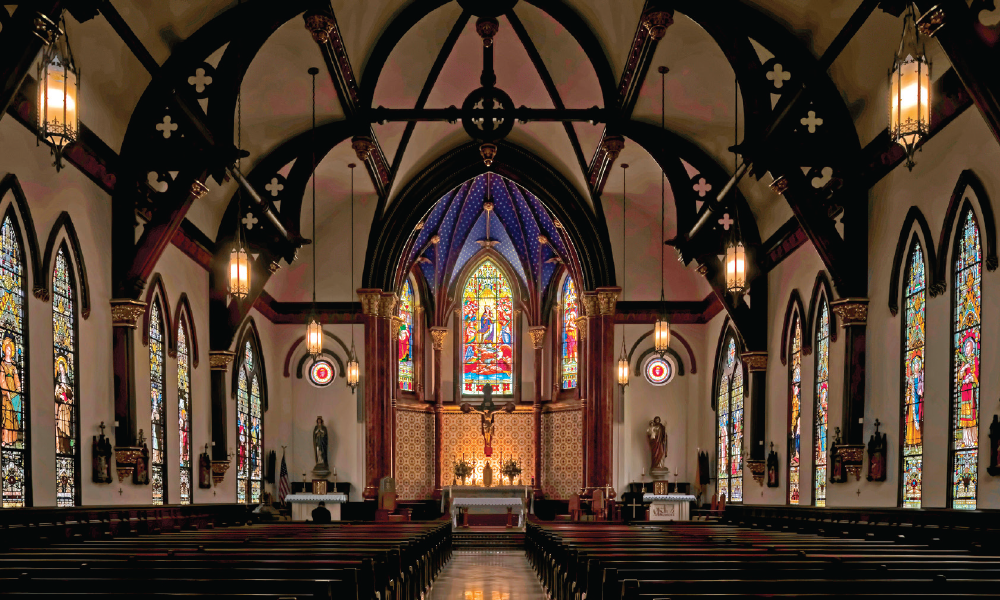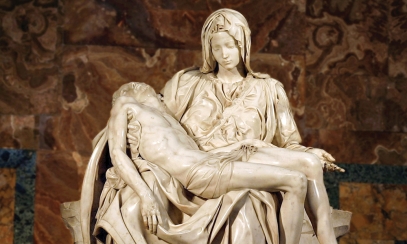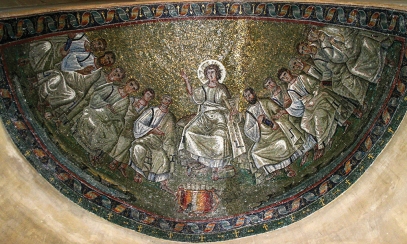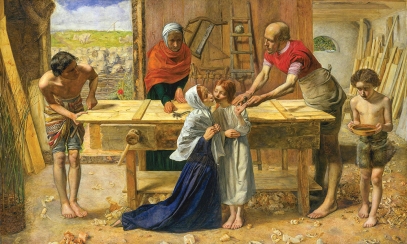
Our Cathedral’s Beauty Connects Us With God and One Another
Next month, we will begin a year-long celebration of the 75th anniversary of the creation of the Catholic Diocese of Austin by Pope Pius the XII in 1947. During the next year, we will look at several churches within the diocese. This column will focus on St. Mary Cathedral, which was designed by Nicholas Clayton in a neo-Gothic style. Construction began in 1875 and lasted nine years. St. Mary was dedicated in 1884 and was chosen as the cathedral in 1947.
Next month, we will begin a year-long celebration of the 75th anniversary of the creation of the Catholic Diocese of Austin by Pope Pius the XII in 1947. During the next year, we will look at several churches within the diocese. This column will focus on St. Mary Cathedral, which was designed by Nicholas Clayton in a neo-Gothic style. Construction began in 1875 and lasted nine years. St. Mary was dedicated in 1884 and was chosen as the cathedral in 1947.
Historically, architecture was considered the highest form of art, and this is obvious with the cathedral. A church is designed to create a sacred space where we can feel not only closer to God, but also to our entire faith community over the ages. The building and its art are meant to inspire and connect us with the infinite in the midst of the finite, the invisible within the visible.
When one enters St. Mary Cathedral, the high ceilings, barrel vaulting and the elegantly rounded king post trusses give one a strong vertical sense, reminiscent of the domed concept of the Hebrew World. The deep blue domed ceiling of the apse with its stars gives us a sense of the created world we inhabit. The main altar has a magnificent stone carving of the tree of life, apparently a post oak, referencing a very local world.
Upon entering the sanctuary, one is immediately surrounded by the angels, martyrs and saints in the stained glass and statuary.
There are sculptural cherubs above the main altar, with stained glass depicting saints Peter, Paul, Joseph and John the Baptist and Mary of the Immaculate Conception. In the side windows are the four evangelists and many saints, as well as depictions of the Annunciation, Jesus being baptized and Jesus in the Garden of Gethsemane. The Pieta is carved on the front of Mary’s stone side altar and Joseph’s side altar has a carving of the child Jesus working on a wooden cross with Joseph. The cast metal baptismal font has images of the seven sacraments and the four evangelists, topped with a beautiful sculpture of the baptism of Christ.
The Catholic Church has always used art to educate and inspire at the soul level. I have to say that when I revisited the cathedral for this article, I not only felt surrounded by the Body of Christ, but I also felt that I and the people in it were part of that body. We are all sinners, we are all saints, and we each have to live in that tension. But we do it together, as church, in church.
Many thanks to Ted Eubanks for his help on this article. He provided an excellent tour of the cathedral. His prodigious efforts in researching the history of St. Mary have produced a scholarly text now available at the cathedral — it is worth the read.
St. Mary Cathedral sits in the heart of downtown Austin at 203 E. 10th St. For more information, visit smcaustin.org.
Mark Landers is a parishioner of St. Austin Parish in Austin and a member of the Diocesan Fine Arts Council. He and his wife, Christina, own and operate Landers’ Studio, a woodworking shop and design studio. They design and construct custom furniture and high-quality architectural piecework.



